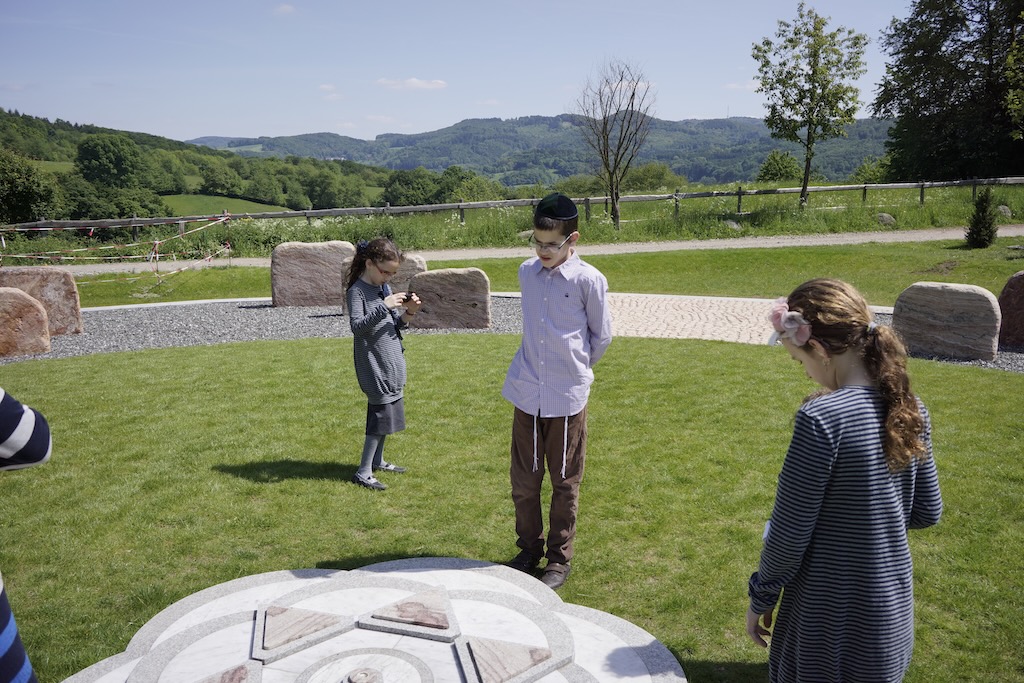Chapter: Milestones / Headwind / Causes


In the spring of 2013, my association experienced a remarkable success: An advertisement for our Friedensmal project appeared on the
front pages of the Jerusalem Post and HaAretz. However, the recognition from Israel stood in stark contrast to the reaction in Germany. Rumors circulated here that I had given "the Jews" so much money that the ad had to be on the front page. As a result, negative actions against the Friedensmal increased, and our association felt isolated, narrowly avoiding abandoning the project.An
article in 'SciLogs' criticized the project as being privately initiated and not socially anchored. It lacked a collectively led design, typical for a monument in the narrower sense. This article gives the appearance of scientific seriousness, but the poor and unflattering photos of the monument in the article suggest a different agenda.This criticism should be viewed in the context of German history and culture. The tendency towards collectivism has in the past led to problematic developments, especially in the context of National Socialism and anti-Semitism. Wasn't the inclination towards collectivism one of the essential factors that provided fertile ground for anti-Semitism during the time of National Socialism in Germany? For more on this, read this brief interjection: '
Why the Germans, why the Jews?' Under this link, you will find two reviews of a book by Götz Aly.Despite official approvals and initially positive media coverage, a controversy arose in the media and politics. The accusation of "socially unanchored decision-making" is incorrect. The project was endorsed by the Hochstädten local council and approved by the city of Bensheim and the Bergstraße district. It was discussed in all committees. The city councilors and the parties had decided. The question arises as to why politicians, who could have played a key role, did not give public support to the project.
The project was initiated by an individual but found broad support from various people and groups, both nationally and internationally, during the crisis. These included the local DGB group; the local SPD group; the Citizens for Bensheim; an HR employee; a Jewish singer; the son of a former Auschwitz inmate; a rabbi; a Jewish association against anti-Semitism; Karl Netzer, a friend of Mrs. Buber-Agassi; the Martin Buber House in Heppenheim, and friends in Israel.
In a time when collective decisions are often seen as the ideal, this project raises the question of whether there should also be room for individual expression. It shows that individuals or small groups can indeed make a significant difference and reach many people.